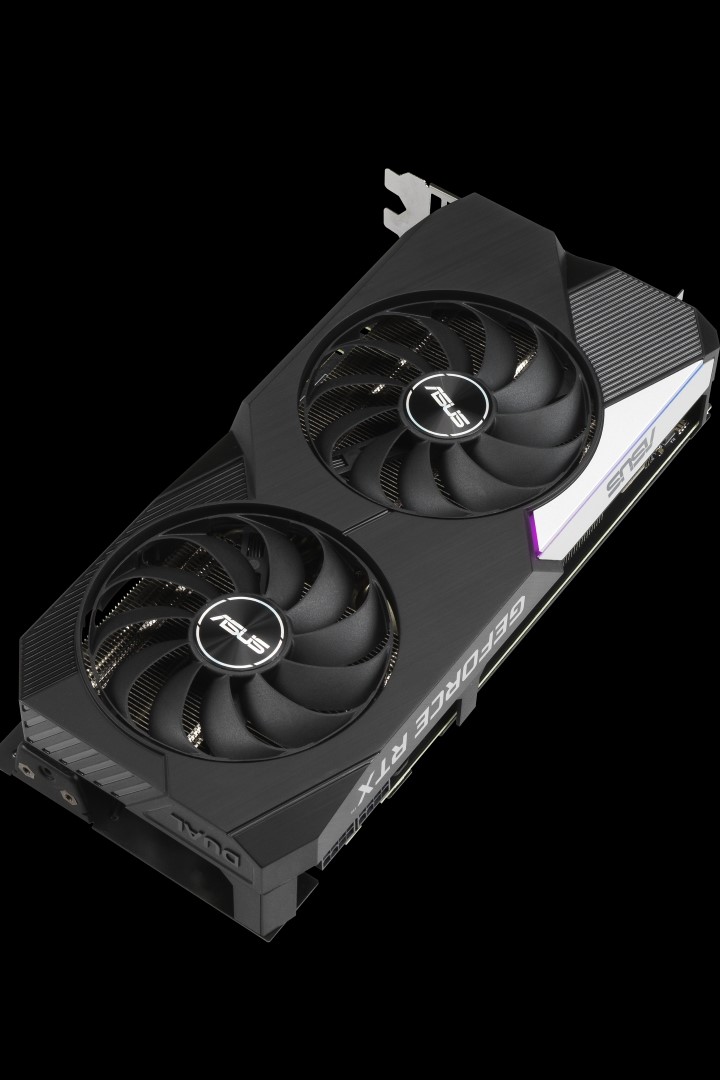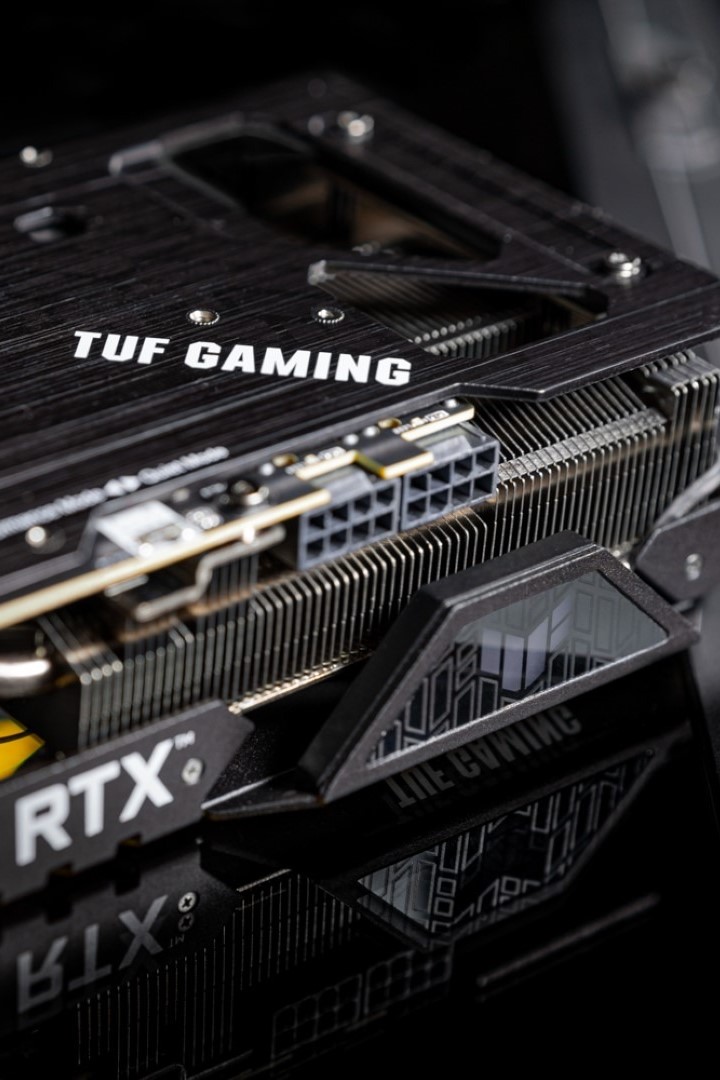Nvidia 30-series is surprisingly reasonably priced but you may have to buy third-party if you want to get one locally.
Nvidia 30-series GPU Australian pricing and how to buy
“Yeah, but can it run Crysis?” That meme-ified question used to be the stick by which gaming desktops were measured when the beautiful but hardware-humbling Crysis first released in 2007 (and for some time afterwards). Later this month, Crysis Remastered is due to land, and the specs of the Nvidia GeForce 30-series show that owners of one of those GPUs will definitely be able to run it (and Crysis Remastered may well prove to be a contender for our best PC games list, too), even with graphics card-taxing ray tracing enabled.
Speaking of taxing, while originally listed with US pricing only, the Nvidia Founders Editions of its GeForce RTX 30-series graphics processing units (GPUs) have been officially converted to Australian dollars, and some third-party manufacturers have also shared Australian pricing expectations for their riffs on the 30-series line.
But there’s a catch: Founders Editions for the Nvidia GeForce RTX 3090, 3080, or 3070 GPUs in Australia will only be available in limited quantities via popular retailer Mwave (according to this forum post from Nvidia staffer Manuel).

Nvidia GeForce RTX 3090, 3080, 3070 Australian prices
According to the Nvidia website, here’s how much you can expect to pay for each of the 30-series GPUs (in Australian dollars):
- GeForce RTX 3090: starting at $2,429
- GeForce RTX 3080: starting at $1,139
- GeForce RTX 3070: starting at $809
For comparison, the US prices are $499 for the GeForce RTX 3070 (AU$691ish on a straight currency conversion), $699 for the GeForce RTX 3080 (AU$968ish), and $1,499 for the GeForce RTX 3090 (AU$2077ish). As far as getting stung with the dreaded “Australia tax” is concerned, those conversions are actually quite reasonable.
In fact, the 3070 in particular is priced in such a way that makes it seem as though it’s competing with next-gen consoles (the Xbox Series X launch price is rumoured to be US$499).
Nvidia GeForce RTX 3090, 3080, 3070 Australian release dates
Nvidia lists the following release dates for its 30-series GPUs:
- GeForce RTX 3080: 17 September
- GeForce RTX 3090: 24 September
- GeForce RTX 3070: 15 October

30-series Nvidia Founders Edition vs third-party GPUs
The potentially bad news for those hoping to buy a 30-series graphics card directly from Nvidia, though, is they’re only being sold via Mwave in Australia, which likely means limited quantities.
Currently, outside of importing an Nvidia RTX 30-series Founders Edition GPU from an international retailer, Australians' only other option is to buy a third-party 30-series GPU. If previous generations are anything to go by, third-party GPUs tend to be slightly more expensive than the Nvidia Founders Edition RRPs, though they are also usually tweaked for more performance.
There will be a handful of third-party options when it comes to 30-series graphics cards, thankfully, with the following third-party GPU manufacturers offering GeForce 30-series RTX graphics cards in Australia:
- PNY
- Asus
- MSI
- Gigabyte
- Zotac
You may be able to save dollars by importing (directly from an online retailer or via Amazon Australia), which is viable with manufacturers like EVGA that offer a global warranty.
GeForce RTX 30-series third-party differences
The GeForce RTX 30-series GPUs that third-party manufacturers are selling all use the Nvidia 30-series ‘reference’ graphics cards as their foundation. This means the core specs they start with are the same, but third-party manufacturers then add different cooling solutions, RGB lighting, and some even add their own hardware components.
The PNY GeForce RTX 3090 GPU, for instance, lists a slightly lower boost speed of 1.695GHz (compared to 1.70GHz), but it allows for overclocking via its VelocityX Software. This same software can also be used to monitor temperature, fan speed, core and memory clocks, as well as tweak RGB lighting. EVGA is also spruiking its Precision X1 overclocking software albeit alongside multiple different designs per 30-series GPU.
The Asus 30-series GPUs, spread across ROG Strix and TUF Gaming lines, have an emphasis on increased cooling, as well as the RGB lighting control and tweaked hardware performance. It’s a similar story for Zotac’s line of 30-series GPUs. MSI has a similar focus on cooling and hardware tweaks with its 30-series graphics cards alongside a push for lower noise, while Gigabyte’s Aorus line of 30-series GPUs likewise has a focus on cooling.
Related Articles



